Shaken Baby Syndrome History
From colonial times to 1875, child abuse was considered a criminal issue. Between 1875 and 1962, nongovernmental child protection societies were formed. State governments began legislating child protection in 1962 and in 1973, the federal government stepped in.
The origins of Shaken Baby Syndrome date to 1946, when Dr. John Caffey made a puzzling observation. He encountered babies with no history or external evidence of trauma, yet significant internal findings that seemed to be traumatic in origin.
In 1971, Dr. Norman Guthkelch advanced a hypothesis to explain the conundrum: whiplash shaking. Prior to being validated, the hypothesis was embraced, taught in medical schools and used in criminal prosecutions.
As facts came to light that undermined the hypothesis, advocates joined forces to suppress dissent, train prosecutors, and win convictions. This section summarizes some of the major turning points. From the very beginning, there were questions. It was believed that time would yield answers. Instead, time yielded more questions as well as discoveries that undermined the foundations of the hypothesis.
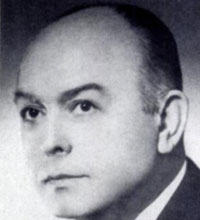
August 1946 – Caffey’s Conundrum
Dr. John Caffey reported babies with no history or external evidence of trauma, yet internal signs that suggested trauma.
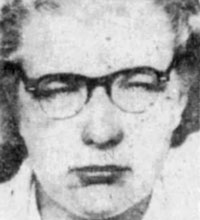
August 1956 – Case of Virginia Jaspers
Newsweek ran a story about 260-pound nurse Virginia Jaspers shaking and killing three babies and injuring others. The sensational story was reported in 812 newspapers across the United States.
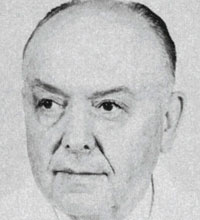
May 1957 – Denial Means Abuse
Dr. Caffey wrote that findings previously associated with natural conditions could be traumatic in origin and suggested removing children from their homes if parents denied trauma.

September 1958 – Society for Pediatric Radiology
Dr. John Caffey was a pediatrician at Babies Hospital in New York who was assigned to head up the radiology department. In 1958, he joined with Drs. Edward Neuhauser and Frederic Silverman to form the Society of Pediatric Radiology (SPR). Silverman had written an article years earlier on abuse. He later co-authored The Battered Child Syndrome with Dr. C. Henry Kempe.
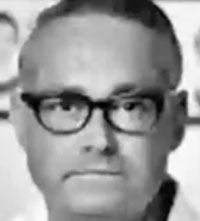
July 1962 – Battered Child Syndrome
Dr. C. Henry Kempe published “The Battered Child Syndrome.” He convinced physicians they had a duty to intervene and protect children. He advised doctors to presume abuse based on medical findings. Findings previously thought to be natural or accidental were gradually redefined as abusive. Media attention exploded.
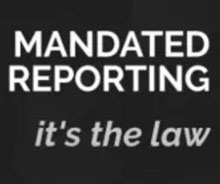
1967 – Mandated Reporting
Between 1962 and 1967, every state legislature passed a mandatory reporting law. States designate who must report knowledge or suspicion that a child is or is at risk of being abused or neglected. Mandated reporters include physicians and teachers. In some cases everyone is mandated to report. There are no penalties for erroneous or even malicious reports, but criminal and civil penalties can follow a failure to report.
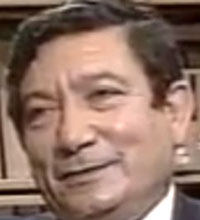
April 1968 – Whiplash Can Damage the Brain
Dr. Ayub Ommaya’s experiments with rhesus monkeys proved that brain damage can be produced by whiplash forces without impact to the head. His work led to laws requiring head rests in cars to minimize potential whiplash damage in the event of an automobile accident.
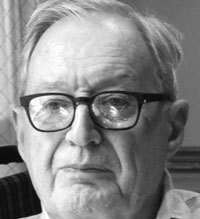
May 1971 – SBS Hypothesis Proposed
British neurosurgeon Norman Guthkelch suggested that whiplash shaking might cause subdural hemorrhages. His hypothesis seemed to explain the conundrum of babies with no external evidence of trauma having internal findings that appeared to be traumatic in origin.
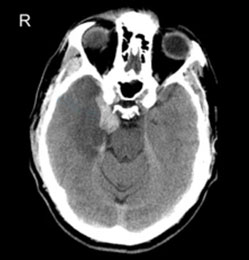
1971 – CT Became Available
Computed tomagraphy (CT/CAT scans) became widely available. For the first time, doctors were able to image the brain and “see” subdural blood in living patients without operating. Previously, doctors often inferred the presence of a subdural hematoma if retinal hemorrhages were observed.

August 1972 – SBS Hypothesis Popularized
Dr. John Caffey cited 27 cases, all anecdotal and many from a single article in Newsweek magazine about Virginia Jaspers, to support the proposition that shaking causes injury and/or death. He suggested that retinal bleeding might be caused by parts of the eye moving at different speeds during a shaking event and speculated that shaking of infants by caretakers was common.

January 1974 – CAPTA Became Law
Senator Walter Mondale’s Child Abuse Prevention and Treatment Act (CAPTA) was signed into law by President Richard Nixon in 1974. Federal coffers opened to support child protection efforts, eventually to include funding for Child Abuse Pediatricians. A burden to provide an “acceptable” history was placed on caregivers.

July 1974 – Caffey’s Contradiction
Dr. John Caffey wrote that the presence of internal signs of trauma absent external evidence of trauma was an “extraordinary diagnostic contradiction.” He acknowledged that the Shaken Baby Syndrome hypothesis rested upon confessions.
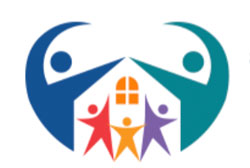
January 1976 – 1st Child Abuse Conference
1st National Conference on Child Abuse and Neglect (NCCAN) was held in Atlanta, Georgia.

1980s – SBS in Medical Schools
Medical schools incorporated the Shaken Baby Syndrome hypothesis into the curriculum. Criminal prosecutions began.
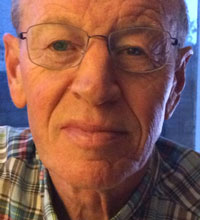
March 1984 – Risk of Overdiagnosis
Dr. Christopher J. Hobbs warned that over-diagnosis of child abuse harms children. Doctors take an oath to “first do no harm.”

1981 – CAPTA Renewed
The Child Abuse Prevention and Treatment Act (CAPTA) was set to expire under President Ronald Reagan and a Republican Senate. It survived with reduced funding due to a political trade-off.
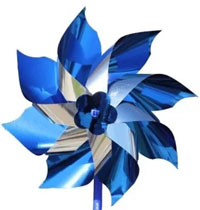
April 1983 – Child Prevention Month
April was declared National Child Abuse Prevention Month (NCAPM). Over the years, traditions evolved, such as wearing blue reminder ribbons, painting fingernails blue, and planting blue pinwheels in memory of abused children.
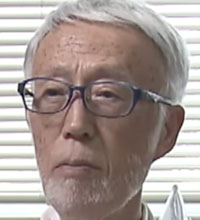
August 1984 – Short Falls Can Kill
Drs. Nobuhiko Aoki and Hideaki Masuzawa reported 26 infants who were found to have acute subdural bleeding and retinal hemorrhages after short falls. Two of the children died. Critics said these were actually cases of missed abuse.
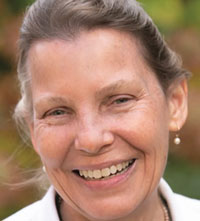
March 1987 – Biomechanical Tests
Dr. Ann-Christine “Tina” Duhaime and colleagues conducted the first biomechanical tests to validate the Shaken Baby Syndrome diagnosis. They found that violent shaking produces forces well below those in short falls. Their results hold true to this day.
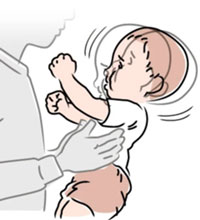
1989 – Extreme Force Required
Doctors testified that the force necessary to cause the findings believed to be caused by violent shaking were comparable to those of a violent car crash or multi-story fall. Malicious intent could therefore be inferred.
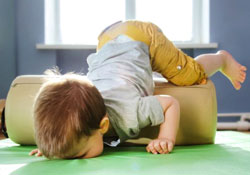
September 1989 – Short Falls Can Kill
Dr. John R. Hall and colleagues concluded that infants are more likely to die from falls than older children or adults. 41% of fatal falls in this series were from 3′ or less. Two of those occurred under medical observation.
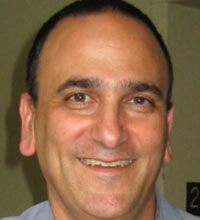
June 1990 – First Mention of Triad
Pediatric ophthalmologist Alex Levin used the word “triad.” The triad’s components have varied over the years. Retinal and subdural hemorrhaging are always included. Early iterations dating back to 1946 included skeletal injury. Brain damage is now commonly the third component of the triad.
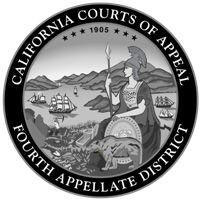
March 1991 – Absolute Immunity for Doctors
The 4th District Court of Appeals in California ruled that doctors should be granted absolute immunity for wrongful accusations of child abuse in the civil case of Carol Phinney.
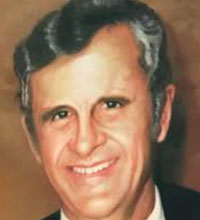
October 1991 – Short Falls Cannot Kill
Dr. David Chadwick and colleagues claimed that reports of short falls causing death were missed cases of abuse.

December 1993 – 1st AAP Position Paper
The American Academy of Pediatrics (AAP) issued a policy statement advising doctors to presume abuse in a baby found to have a subdural hemorrhage and to assume the child was violently shaken.

1994 – Textbook Mentions Classic Triad
Dr. Robert Reece, in an authoritative text, used the term ‘triad of injuries’ and listed the ‘classic’ findings as subdural and retinal hemorrhage with cerebral edema.

September 1994 – SBS If No Major Trauma
Pediatric radiologist Wilbur Smith and others testified that only one diagnosis could explain the findings associated with Shaken Baby Syndrome in the absence of a major traumatic event.

August 1996 – Investigation Guidelines
The U.S. Department of Justice published guidelines for investigation: Battered Child Syndrome: Investigating Physical Abuse and Homicide. The burden of proof was placed firmly on parents and baby sitters to provide a satisfactory explanation for a baby’s medical findings. Retinal hemorrhages were said to be conclusive evidence of violent shaking in the absence of an acceptable history.
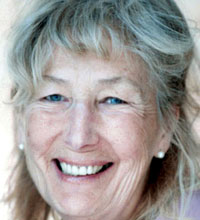
November 1996 – Comment at 1st NCSBS Conference
The first National Conference on Shaken Baby Syndrome was held in Salt Lake City, Utah, sponsored by individuals who would later found the National Center on Shaken Baby Syndrome. A presentation by Dr. Carolyn Levitt cast doubt on aspects of the hypothesis. The study she reported at the conference was never published.

October 1997 – Louise Woodward Trial
The trial of Louise Woodward, a British nanny in Boston, was broadcast live on Court TV, publicizing Shaken Baby Syndrome while raising serious doubts about its reliability. Dr. Ayub Ommaya testified that his research was being wrongly applied. The jury convicted Woodward of murder. The judge subsequently reduced the charge to involuntary manslaughter and sentenced her to time served.
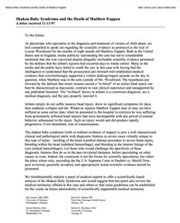
November 1997 – Doctors Respond to Woodward
Forty-eight doctors, many of whom later founded the Helfer Society and became Child Abuse Pediatricians, wrote to decry the defense experts and judge in the Louise Woodward trial. The elements of the diagnostic triad were mentioned but the word “triad” was not used.
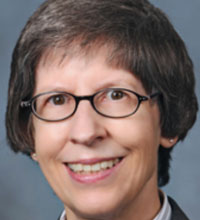
May 1998 – Lucid Interval Possible
Forensic pathologist M.G.F. Gilliland investigated the interval between injury and catastrophic collapse in 76 cases that ended in death. In most cases, the interval between injury and collapse was brief (less than 24 hours), but 25% of the cases had an interval greater than 24 hours and four children did not show severe symptoms until more than 72 hours had passed.

June 1998 – Shaking Impact Syndrome
Dr. Ann-Christine Duhaime and colleagues reviewed the evidence base for Shaken Baby Syndrome and recommended that doctors use the term “Shaking-Impact Syndrome.”
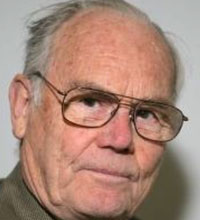
August 1998 – Warning against Overdiagnosis
Editors of The Lancet, a prestigious medical journal in the United Kingdom, cautioned that increased awareness of Shaken Baby Syndrome might lead to over-diagnosis, citing the 1980s child sexual abuse panic. The editors acknowledged little clarity about the diagnosis despite the fact that 25 years had elapsed since the hypothesis was first advanced.
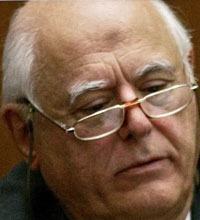
October 1998 – Shaken Baby Syndrome May Not Exist
Forensic pathologist Dr. Vincent Di Maio and others criticized Duhaime’s 1998 paper, “Nonaccidental head injuries in infants – The ‘Shaken Baby Syndrome'” in a letter to the New England Journal of Medicine.

March 1999 – Evidence Is Insufficient
Dr. John Plunkett examined the evidence basis for Shaken Baby Syndrome and found it lacking. He requested that proponents of the diagnosis provide evidentiary support for statements commonly made under oath and urged forensic pathologists to be cautious in their testimony because much is as yet unknown.
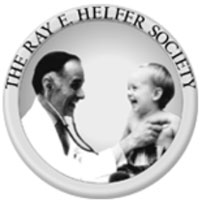
1999 – Helfer Society Formed
The Helfer Society was formed and named in honor of Dr. Ray E. Helfer, co-editor of The Battered Child Syndrome. Helfer Society members are physicians seeking to provide leadership in the area of child abuse and neglect. A goal from the outset was to achieve subspecialty certification for Child Abuse Pediatrics. The Society incorporated as a nonprofit in 2001.
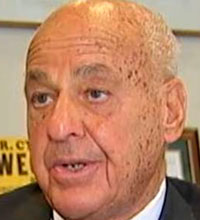
September 1999 – Caution Against Over-Zealousness
Dr. Cyril Wecht praised Dr. Plunkett’s article, saying the diagnosis of Shaken Baby Syndrome is made much too frequently and much too zealously. Pathologists are not part of a prosecutor’s team and should refrain from using inflammatory language.
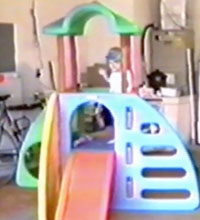
March 2001 – Short Falls Can Kill
Dr. John Plunkett searched the Consumer Product Safety Commission database for witnessed accidental short falls. He reported 18 short falls, several of which resulted in subdural and retinal hemorrhages. He found a videotaped fall that led to death. Critics initially claimed the video was not authentic.
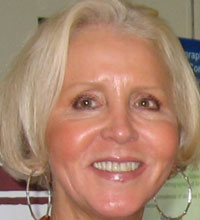
June 2001 – NAME Position Paper
Dr. Mary Case and colleagues authored a Position Paper for the National Association of Medical Examiners (NAME). It did not pass peer review but was nevertheless published. It expired in 2006 and the organization declined to renew it.

July 2001 – 2nd AAP Position Paper
The American Academy of Pediatrics (AAP) issued a second position paper, reiterating that short falls do not cause the constellation of injuries associated with Shaken Baby Syndrome.
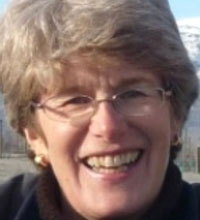
July 2001 – Trauma Not Necessary
Dr. Jennian Geddes and colleagues published two articles simultaneously which came to be known as Geddes I and II. Subdural hematomas in young children are generally “thin film” rather than “space occupying.” Diffuse axonal injury (torn axons in the brain) is uncommon and brain damage is caused by hypoxia (lack of oxygen) rather than trauma.
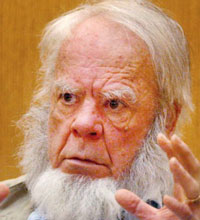
March 2002 – Lucid Interval in Hospital
In response the NAME Position Paper, Dr. Robert Huntington III reported a baby who was admitted to his hospital with a suspicion of abuse. She became unresponsive more than 18 hours after admission and subsequently died. Dr. Huntington’s changed testimony as a result of this case contributed to the exoneration of Audrey Edmunds in 2008.
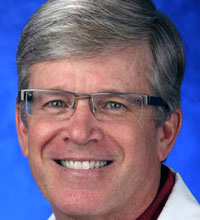
November 2002 – Rebleeding Can Occur
Drs. Kent Hymel, Carole Jenny, and Robert Block reported two cases of indoor, accidental, pediatric closed-head trauma that resulted in intracranial rebleeding. Both occurred in medical settings and were independently witnessed by medical personnel.

November 2002 – Biomechanics Revisited
Dr. Carole Jenny sought biomechanical support for the Shaken Baby hypothesis but found that shaking and slamming a biofidelic dummy onto a couch created less than half the force of a short drop from chest level. The results of the experiments were not published until 2017.

February 2003 – Geddes’ Unified Hypothesis
Dr. Jennian Geddes and colleagues published what came to be known as Geddes III or the “unified hypothesis.” They suggested that thin-film subdural bleeding might be intradural rather than subdural and was possibly related to hypoxia or part of a cascade rather than the result of traumatically ruptured bridging veins.
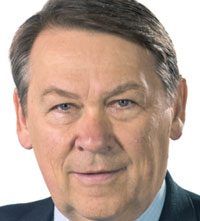
September 2003 – Critique of Evidence Base
Dr. Mark Donohoe, a physician in Australia, evaluated literature concerning Shaken Baby Syndrome using evidence-based standards. He found no evidence that exceeded a rating of QER III-2 by the end of 1998, meaning that all quality of evidence ratings were low or very low.

December 2003 – Lucid Interval Reported
Medical examiners John Scott Denton and Darinka Mileusnic report the case of a 9-month-old boy who fell off a bed to the floor. The fall was witnessed by a grandmother. He seemed well afterwards and went into a baby sitter’s, then his mother’s care. 72 hours later, he was found dead.
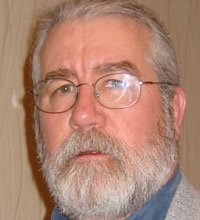
March 2004 – Retinal Hemorrhage from Crush Injury
Dr. Patrick Lantz reported a case in which two children were watching TV while their father prepared dinner in another room. He heard a crash. The television had fallen on the 14-month-old’s head. The boy had subdural and retinal bleeding and died 18 hours after the incident.

May 2004 – Confessions Are the Evidence Base
Dr. Suzanne Starling and colleagues found 81 cases where perpetrators admitted to shaking and analyzed the admissions for details to evaluate timing and mechanisms. The raw data underlying this study has not been released. Even assuming all 81 confessions were voluntary and true, does that prove that other individuals who insist they did not shake a baby are lying?

June 2004 – Biomechanical Critique
Drs. Werner Goldsmith and John Plunkett challenged many assumptions about infant head injury with biomechanical data. They criticized the widespread failure to incorporate known biomechanical data and models into hypotheses regarding causes of infant head injury.
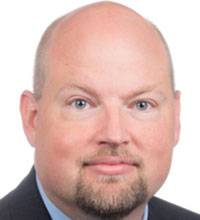
November 2004 – Shaking Might Not Cause Brain Injury
Dr. Michael Prange and colleagues noted that the adult head had been studied extensively, but children are not miniature adults. Errors can occur when adult values are scaled down. The study was entitled, “Mechanical properties and anthropometry of the human infant head.”
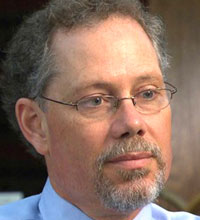
2005 – First mention of “New Science”
The term “new science” was first used in the Illinois appeal of Pamela Jacobazzi.
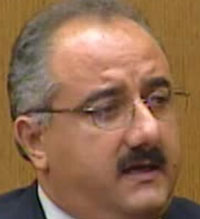
June 2005 – Neck Would Fail First
Noting the rarity of neck injuries in allegedly shaken infants, Dr. Faris Bandak compared the alleged forces of shaking to the neck’s structural failure limits and concluded the neck would fail first. He was criticized for a mathematical error although it did not undermine the validity of his conclusion.
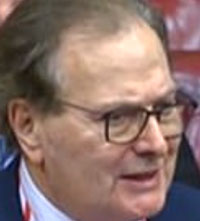
June 2005 – Goldsmith Review in the UK
The use of the “three classic signs” of Shaken Baby Syndrome in court was approved by a Court of Appeal in the United Kingdom after what became known as the Goldsmith review. Dr. Geddes was later reported to have retracted her unified hypothesis during testimony. Rather, she acknowledged it to be a hypothesis, as is Shaken Baby Syndrome.
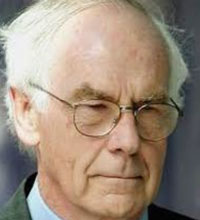
July 2005 – Sir Roy Meadow Struck Off Medical Registry
A tribunal in the United Kingdom ruled that Sir Roy Meadow’s expert testimony for the prosecution had been “grossly misleading and manifestly wrong” in the case of Sally Clark and others. The decision was overturned on appeal. Roy Meadow is the individual who described and named Munchausen syndrome by proxy.
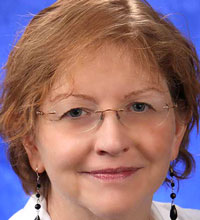
2006 – Child Abuse Textbook Acknowledges “Mimics”
A revised medical textbook, Abusive Head Trauma in Infants and Children, edited by Dr. Lori Frasier, included an entire chapter on “Medical Disorders that Mimic Abusive Head Trauma”, acknowledging that retinal and subdural hemorrhages are not pathognomonic or diagnostic of Shaken Baby Syndrome.

January 2006 – Comment on Goldsmith Review
Carole Jenny among other doctors reported and commented on the 2005 Lord Goldsmith review of 88 Shaken Baby Syndrome cases in the UK. Three convictions were judged unsafe but the triad and the SBS diagnosis itself survived.

February 2006 – Retinal Bleeding Not Pathognomonic
The authors prospectively examined the eyes of 425 deceased individuals including 14 children under the age of 4. Of the 14, 7 deaths were natural, 3 were accidental, and one was undetermined. Three deaths (21%) were homicides.
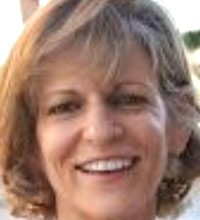
April 2008 – Subdurals Found in 48% of Newborns
Dr. Veronica Rooks and colleagues found that 46% of healthy asymptomatic newborns had subdural hemorrhaging within 72 hours of birth.

July 2008 – Audrey Edmunds Conviction Reversed
With help from the Wisconsin Innocence Project, Audrey Edmunds’ conviction was reversed and remanded in early 2008. On July 11, prosecutors dropped the charges rather than retry the case. She was exonerated after spending 11 years in prison for the death of a baby in her care.
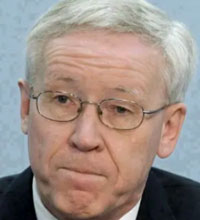
September 2008 – Goudge Report in Ontario
The Goudge report, Inquiry into Pediatric Forensic Pathology in Ontario, was issued after a months-long investigation by The Honourable Stephen T. Goudge into convictions based on misleading statements made in criminal trials by forensic pathologist Dr. Charles Smith. Justice Goudge determined that problems were systemic and quite likely to recur.
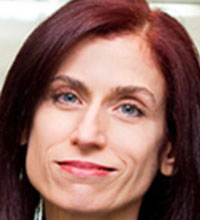
January 2009 – The Next Innocence Project
Law professor Deborah Tuerkheimer published a law review article, “The Next Innocence Project: Shaken Baby Syndrome and the Criminal Courts,” asserting that Shaken Baby Syndrome is effectively a “diagnosis of murder” based solely on opinion testimony by medical experts and not firmly grounded in science.
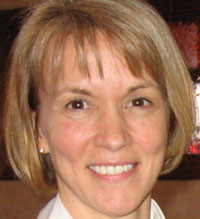
January 2009 – Thin Film Subdurals
Radiologist Julie Mack and colleagues demonstrated that “thin film” subdural hemorrhages can result from blood leakage within the dura of infants. Subdural bleeding can occur without traumatic tearing of bridging veins.
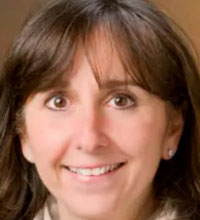
May 2009 – Abusive Head Trauma a Preferred Term
The third AAP position paper, written by Drs. Cindy Christian and Robert Block, changed the name of the diagnosis from Shaken Baby Syndrome to Abusive Head Trauma, which less specifically denotes mechanism but more specifically denotes intent. The paper recognized ‘mimics’ and an overlap between accident and abuse. The statement that short falls cannot cause death, present in earlier position papers, was eliminated.
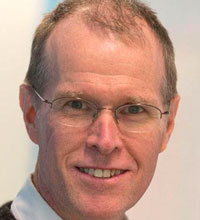
November 2009 – Biomechanics Confuse
The first board exam for the pediatric subspecialty of Child Abuse Pediatrics was administered to 191 doctors. All passed. At a conference earlier that year to prepare doctors for the test, Dr. Stephen Boos said he believed that biomechanics would someday reveal the truth. No biomechanical evidence as yet supports the SBS hypothesis.
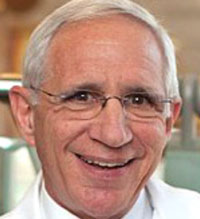
September 2010 – Diagnosis Is Not Based on Triad
Dr. Robert Block, then-president of the American Academy of Pediatrics, criticized those who might suggest that the diagnosis of Shaken Baby Syndrome rests on a triad of medical findings: subdural hemorrhage, retinal hemorrhage and encephalopathy.
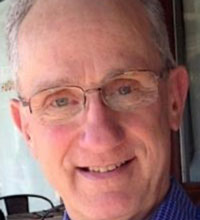
January 2011 – Caution against Circular Logic
Radiologist Patrick Barnes, an expert for the prosecution in the Louise Woodward trial, reported that few published reports in the literature concerning Shaken Baby Syndrome merit a quality-of-evidence rating above class IV (eg, expert opinion alone).
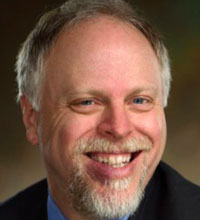
2011 – Abuse Can Be Misdiagnosed
An authoritative textbook edited by Dr. Carole Jenny, Child Abuse and Neglect: Diagnosis, Treatment, and Evidence, included a chapter by Dr. Christopher Greeley entitled “Conditions Confused with Head Trauma.”
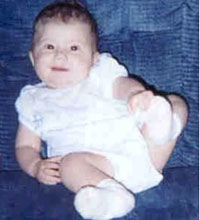
June 2011 – Frontline Documentary: The Child Cases
PBS Frontline aired an in-depth documentary: Shaken Baby Syndrome: The Child Cases, which can still be viewed online. National Public Radio aired several related stories and interviews around the same time.

September 2011 – The “Triad” Is a Myth
Dr. Carole Jenny called the “triad” a “myth” during a presentation for the Queens District Attorney’s Office.
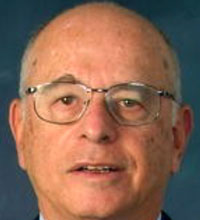
June 2012 — SBS Diagnosis Is Increasingly Certain
Dr. Thomas Slovis and colleagues published an editorial excoriating medical experts who testify on behalf of defendants. The role of the medical profession, it said, is to protect today’s children and future children.

November 2012 – Imprisoning Innocent People
Pediatric neurosurgeon Norman Guthkelch, the British physician who first proposed the Shaken Baby Syndrome hypothesis, published an article stating that although there has been much comment about his hypothesis, “We have not yet determined all the facts.” He was horrified that his work was being used to prosecute and imprison parents.

January 2014 – SBS Is an Article of Faith
Judge Matthew F. Kennelly issued a Memorandum Opinion and Order granting a new trial to Jennifer Del Prete, who had been convicted at trial and sentenced to 20 years in a Shaken Baby Syndrome case. Charges against Del Prete were subsequently dropped and she was exonerated.
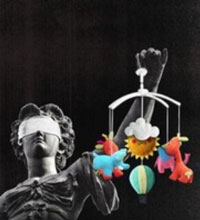
October 2014 – The Syndrome Documentary
The Syndrome documentary premiered, showing the nightmare that follows a wrongful accusation. The film highlights doctors who built their careers promoting the Shaken Baby Syndrome diagnosis as well as doctors who have dedicated their lives to helping people they believe have been falsely accused.

March 2015 – Washington Post Investigation
The first of five in-depth articles by Pulitzer Prize-winning journalist Debbie Cenziper, “A Disputed Diagnosis Imprisons Parents” was published in The Washington Post. The four articles slated to follow were never published. One doctor she interviewed and quoted was George Nichols, retired Chief Medical Examiner of Kentucky.
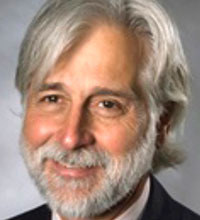
May 2015 – Quality of Evidence Is Modest
Dr. Paul Kleinman, author of Diagnostic Imaging of Child Abuse, a leading textbook, expressed concern about the quality of evidence during a question-and-answer session at a conference sponsored by the American College of Radiology.
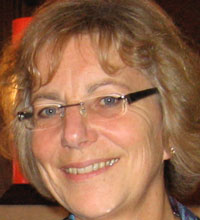
March 2016 – No Evidence for SBS Hypothesis
Neuropathologist Dr. Waney Squier was struck off the UK medical register after police complained about her expert testimony for the defense in Shaken Baby Syndrome cases. A plan to suppress her testimony had been presented at the 2010 NCSBS conference in Atlanta. Her medical license was later reinstated.

October 2016 – Sweden Finds Insufficient Evidence
The Swedish Agency for Health Technology Assessment and Assessment of Social Services (SBU) reviewed the quality of evidence underlying the Shaken Baby Syndrome hypothesis in what became known as the Swedish Report. The agency found limited evidence of association between the triad and traumatic shaking and insufficient evidence that shaking can be inferred from brain damage, subdural and retinal bleeding.
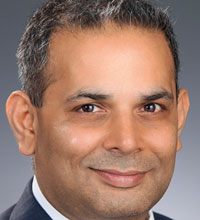
May 2018 – Consensus Statement
In the wake of the Swedish report which found insufficient scientific evidence for the Shaken Baby Syndrome / Abusive Head Trauma diagnosis, radiologist Arabinda Choudhary and colleagues published a consensus statement signed by numerous medical societies. It stated that the vast majority of doctors agree that the diagnosis is valid.
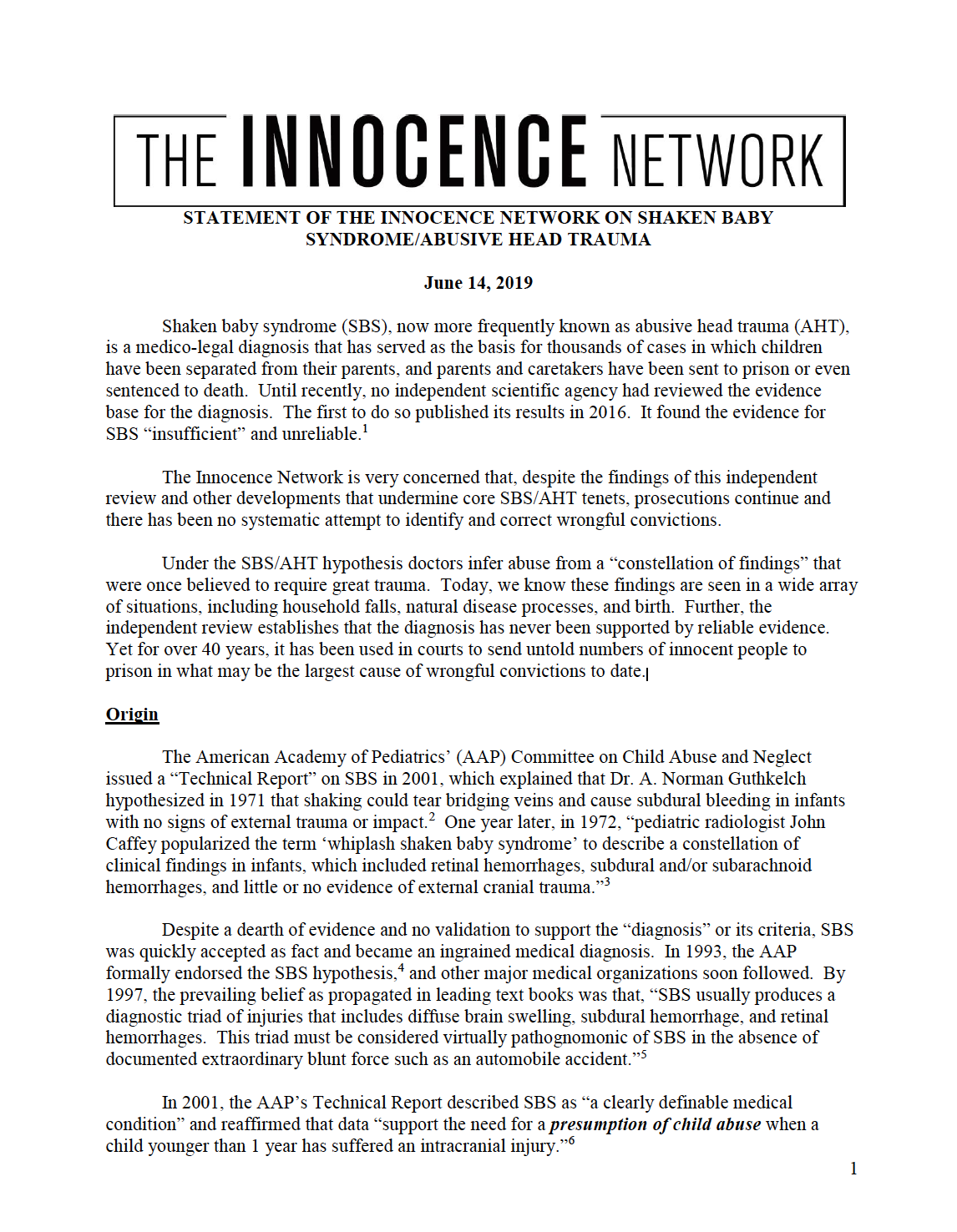
June 2019 – Statement of the Innocence Network
The Innocence Network, an informal coalition of innocence organizations, issued a statement expressing concern that despite the findings of the independent review [Swedish report] and other developments that undermined the core tenets of SBS/AHT, little had changed in the courtrooms.

January 2022 – SBS Is Junk Science
Judge Pedro Jimenez granted a defense motion to bar testimony concerning Shaken Baby Syndrome/Abusive Head Trauma at the trial of Darryl Nieves. Prosecutors appealed the ruling all the way to New Jersey Supreme Court. A decision is pending.
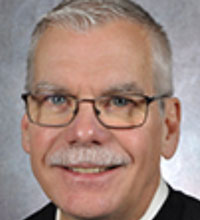
August 2023 – SBS Presumes Criminal Intent
Kentucky Judge Richard A. Brueggemann acquitted a mother of manslaughter in a Shaken Baby Syndrome bench trial with a written opinion.
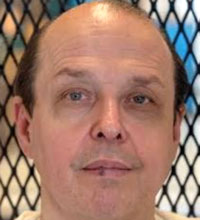
October 2024 – Roberson Escapes Execution in Texas
Robert Roberson, scheduled for execution in Texas in a Shaken Baby Syndrome case, received a last-minute temporary reprieve when the House Committee on Criminal Jurisprudence issued a subpoena. The Governor and Attorney General refused to allow Roberson to testify in person. Roberson’s fate is uncertain at the time of this writing.
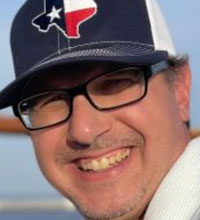
November 2024 – Roark Exonerated in Texas
Andrew Wayne Roark in Dallas, Texas became the 39th person in the United States to be exonerated after a Shaken Baby Syndrome conviction. He had been sentenced to 35 years in prison. Robert Roberson, on much the same evidence presented by the very same Child Abuse Pediatrician, was denied a new trial and sent back to Death Row.
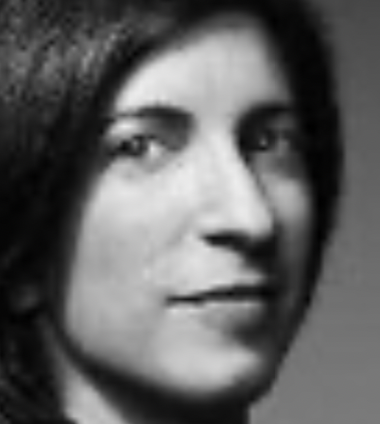
December 2024 – The New York Times Report
A December 29 story by New York Times / ProPublica journalist Pamela Colloff introduced the Flannery family. Child Abuse Pediatricians discounted the possibility that their 2-month-old baby’s condition could be related to a traumatic birth and diagnosed Shaken Baby Syndrome. The story details the consequences.
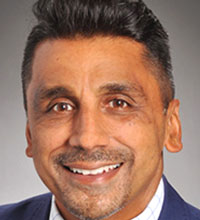
2025 AAP Technical Report
A 178-page-long AAP Technical Report on Abusive Head Trauma, authored by Child Abuse Pediatricians Sandeep Narang and Suzanne Haney, is scheduled for release in 2025.